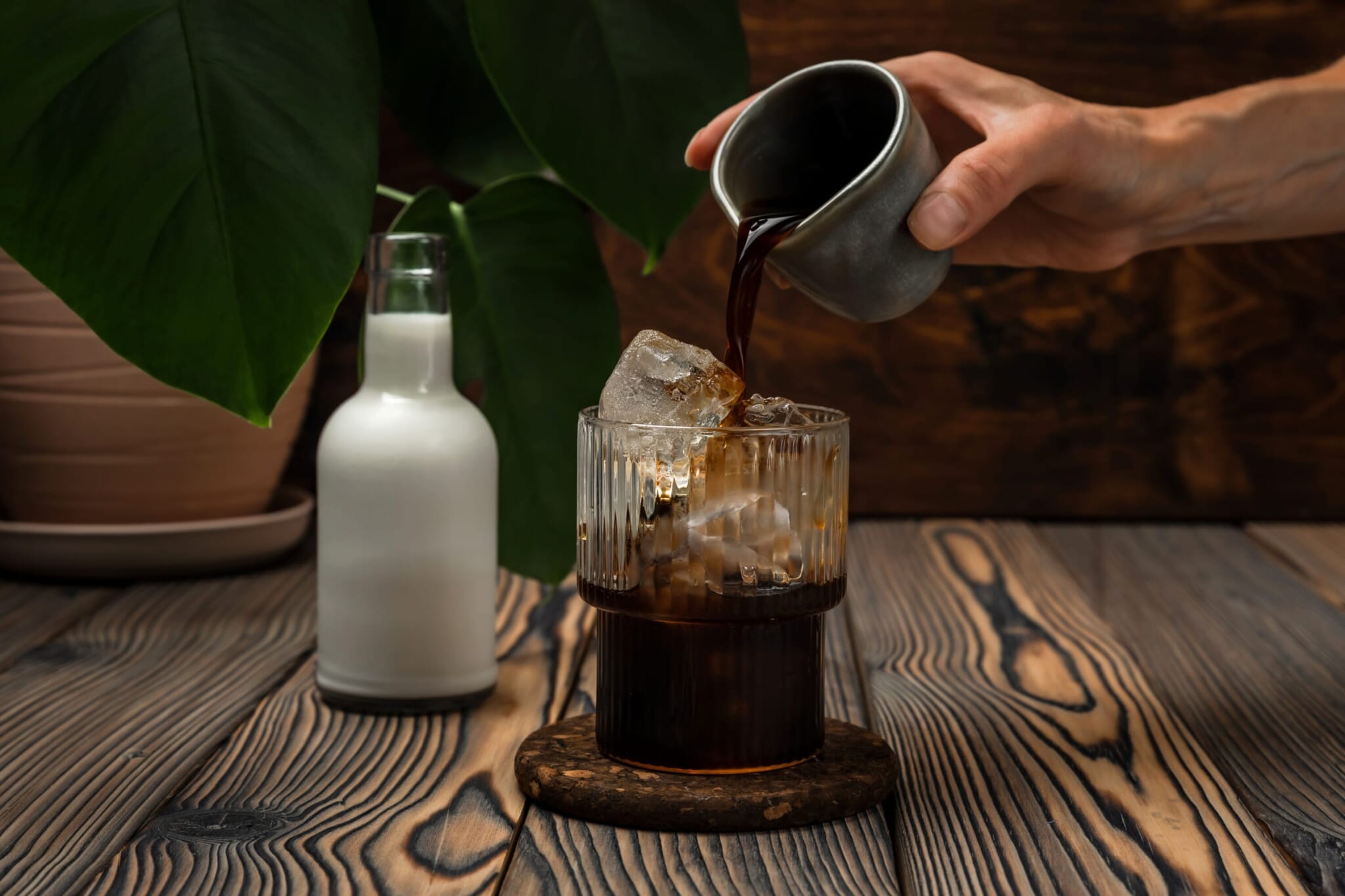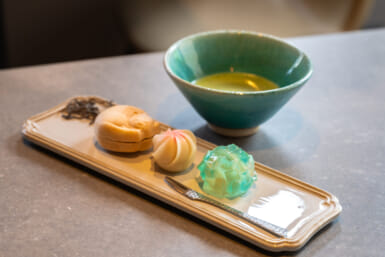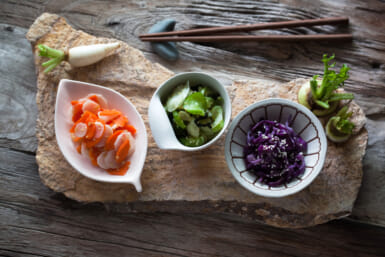Summer is stretching itself out longer and cold brews, iced lattes and the quirky espresso tonics are here to stay. “Let’s make them even colder, even faster” seems to be the response of the Japanese coffee scene. Specialty coffee shops are importing the most exciting new patented gadgets for pour-over coffee, while the consumer market is offering better and faster cooling tools for home brews. Here are some of the most popular coffee cooling trends in Japan this summer.
For Those in a Rush: The Cooling Cup
Espresso Tokyo is a company that wants to help you become caffeinated quickly in summer with its new product IceQuick, which is designed to solve two issues with chilled coffee: waiting and dilution. The first issue is in the case of a cold brew, as it needs to be prepared at least 8-12 hours in advance. Iced coffee is fast but uses ice cubes that dilute the taste. IceQuick promises to cool your hot coffee in about two minutes without changing the taste. The way this tumbler can achieve this is through its walls, which are designed to be hollow. Water is poured onto the walls. The whole tumbler then goes into the freezer and you take it out when needed. When you pour hot coffee into it, it has the effect of dropping about 30 ice cubes into your coffee, but without watering it down.
The company also encourages customers to use this for cooling other drinks like beer. IceQuick was successfully crowdfunded earlier this year, massively exceeding its goal of ¥100,000 and raking in over ¥13 million in pre-orders.
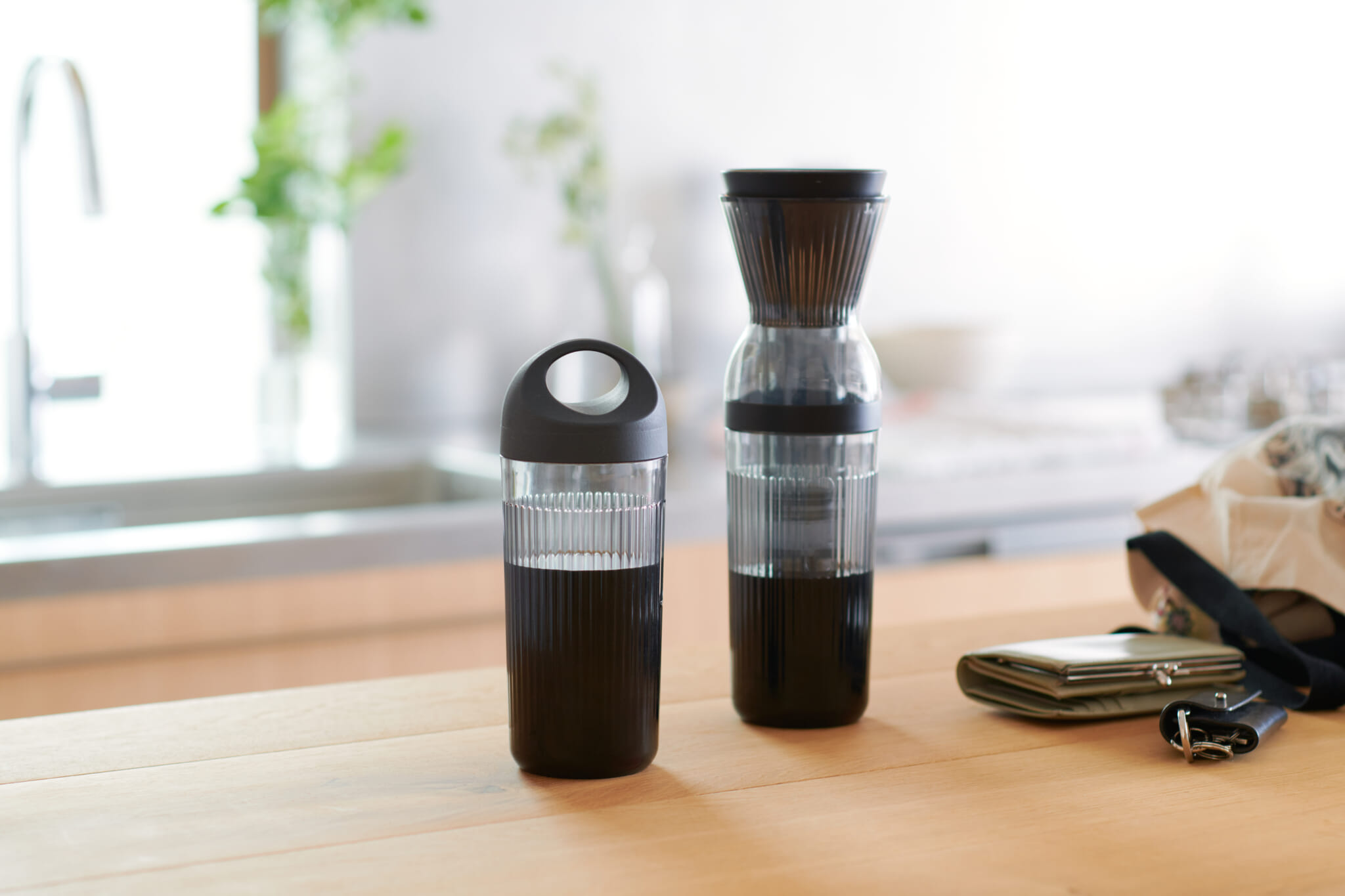
One More for Those in a Rush: Instant Cold Brew
Another Japanese company, Epeios, decided to speed up brewing time for cold brews from the usual 8-12 hours down to only 10 minutes. The portable cold brew maker bottle uses vacuum extraction technology that repeatedly pressurizes and depressurizes the liquid with a built-in mechanism. Because it’s battery-operated and it charges via a USB, it’s great for making coffee on the go. This extraction method not only saves time but extracts coffee at cold temperatures, so it still has the mellow, well-rounded taste of an overnight cold brew.
The product was crowdfunded in 2022 and achieved its goal in just over an hour. After that, it went on to exceed the goal many times over. It’s currently sold online on various platforms. This June, the bottle was redesigned in collaboration with the brand Journal Standard Furniture and had another successful launch, exceeding all goals for pre-orders.
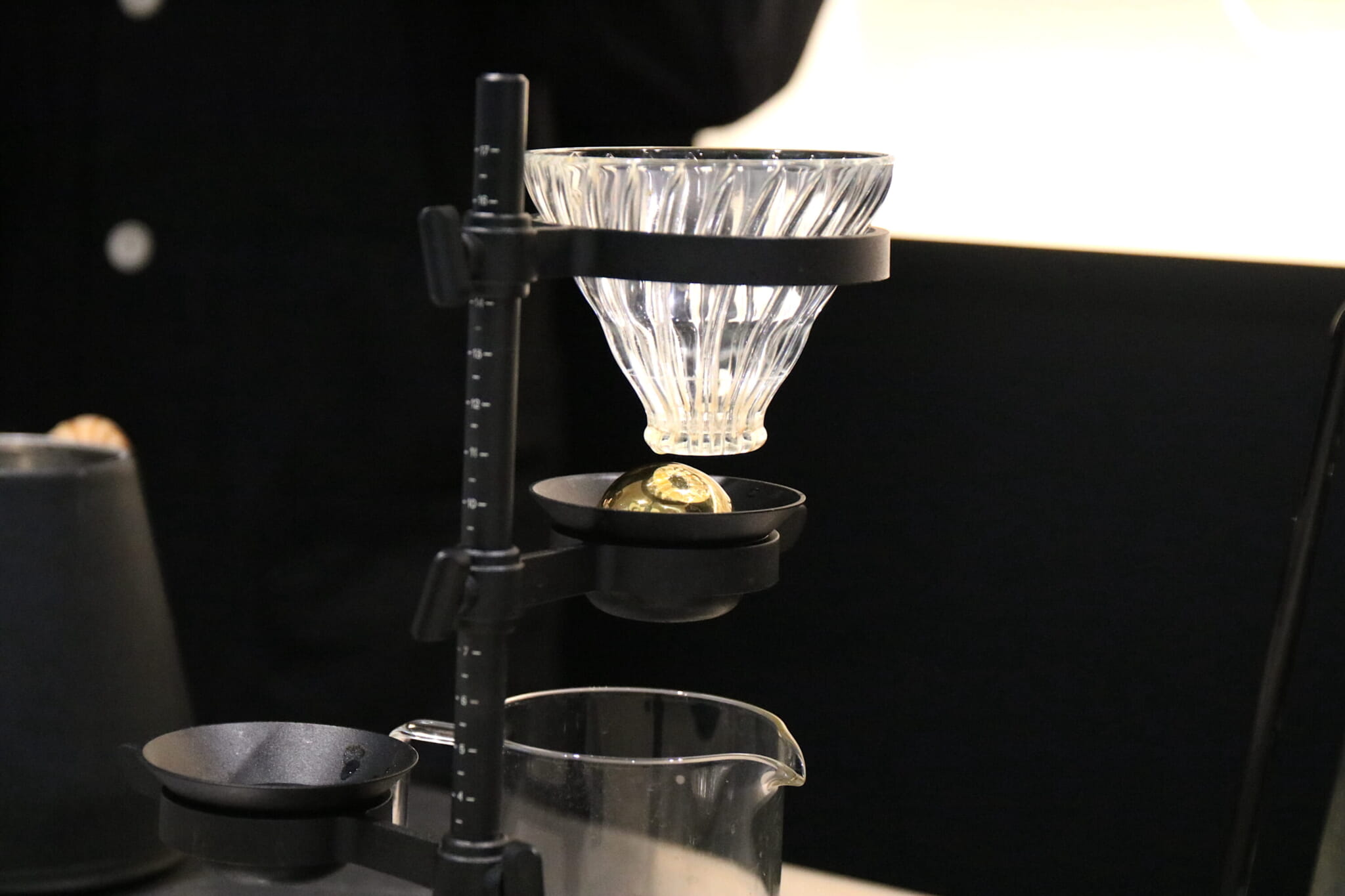
The One for Pros: Paragon
In the last two decades, we’ve had coffee fans go gaga for the AeroPress tool invented in 2005 and Tetsu Kasuya’s 4:6 method for a hand drip formula invented in 2016 at the World Barista Championship, which he won. And now we have the Paragon, invented by Sasa Sestic, a Bosnian-Australian who won the 2015 World Barista Championship. Though not a Japanese product, Paragon has been very quickly accepted in Japan, with Ignis Coffee using it as soon as it launched at the start of this year and many other specialty coffee places following suit.
Nucleus Coffee Tools, Sestic’s company, developed Paragon in partnership with Zurich University of Applied Sciences. “It’s proven to capture and express up to 40% more key aroma volatile molecules than an identical brew without chilling — flavor that would otherwise be lost to the environment,” the company’s website states.
Paragon is a vertical tiered holder with its main component being a gold ball made from food-grade stainless steel and coated with a layer of titanium. The coffee is chilled after dripping onto the ball, resulting in the most fragrant, complex coffee.
This tool is mostly used by coffee shops and baristas, but it’s also good for home brewers as it is easy to use. For a more affordable version, you can just buy the metal ball or “chilling rock” as Nucleus calls it.

